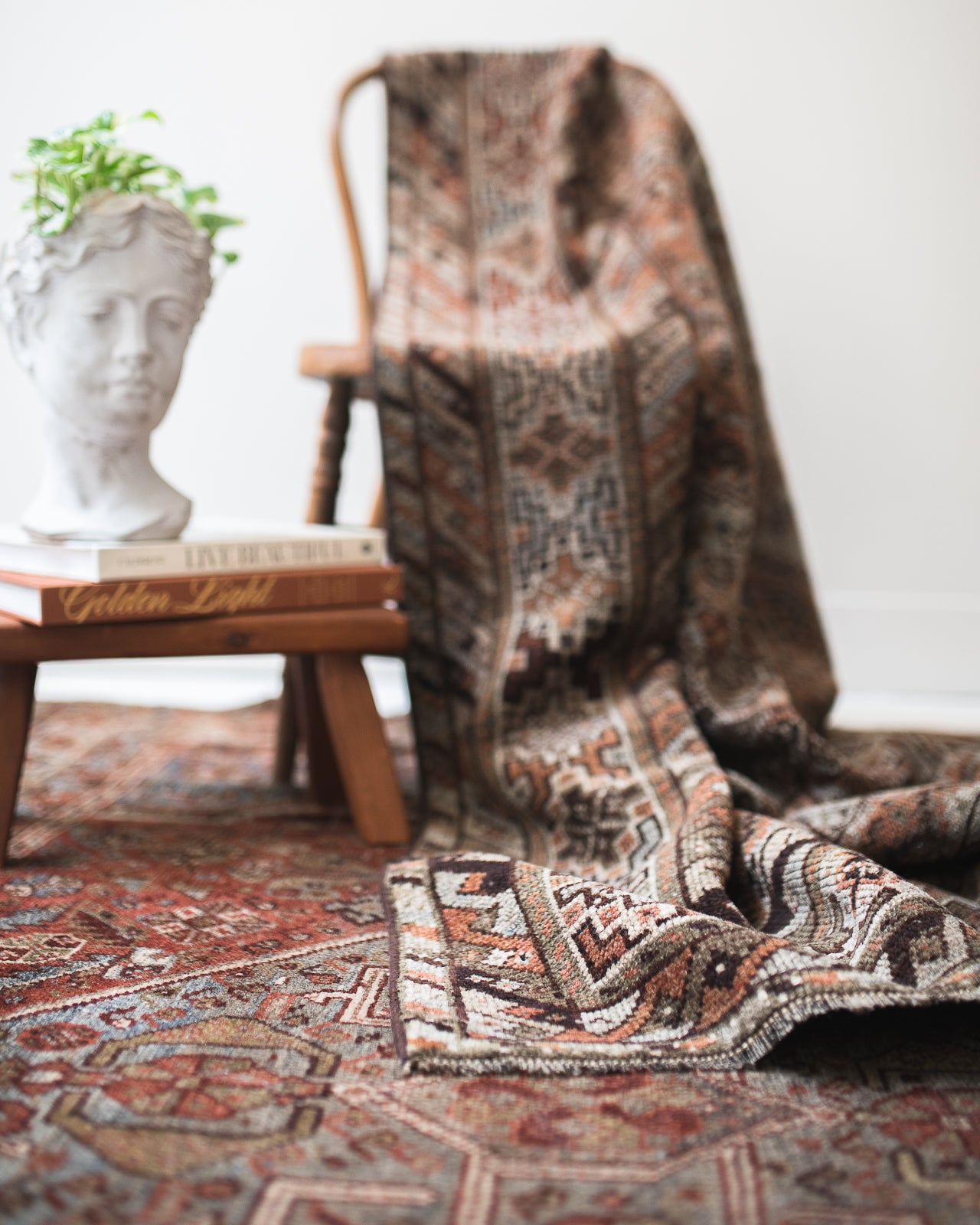The Arabic word tatreez may simply mean "embroidery," but its cultural significance runs far deeper. This ancient craft represents generations of artistic expression, weaving together narratives of identity, resistance, and community bonds. What originated as decorative needlework has transformed into a powerful medium of cultural preservation and political voice.
Join us for an intimate workshop where both beginners and experienced artisans can explore this meaningful tradition and its rich cultural heritage.

Understanding Tatreez
At its core, tatreez refers to the Levantine tradition of hand-embroidering garments, most notably the thobe, a long, flowing dress. Historically known as fallahi—derived from the Arabic word fallah, meaning “rural person”—this embroidery was deeply tied to the land, customs, and livelihoods of local communities.
This collaborative art form saw both men and women contributing their skills, with patterns reflecting the pulse of daily life. Each stitch carried meaning, as motifs were carefully passed down through generations, marking life's milestones and social standings. Similar to rug weaving, tatreez encodes narratives in its intricate designs, transforming fabric into a canvas of heritage.
Because of its deep ties to place and people, tatreez remains an enduring symbol of identity and resistance. For Palestinians displaced from their homeland, tatreez serves as a connection to what has been lost. During times when Palestinian expression was criminalized, this craft became a quiet act of defiance, stitched into garments worn with pride and purpose.

Left image: Traditional Thobe example. Source: Tatter.org.
Right image: A mid-19th century Ramallah thobe, likely made by a 10–12-year-old girl and her mother for the girl's first dress. The skirt's intricate embroidery reflects experienced craftsmanship, while the chest panel shows a beginner's touch, highlighting the intergenerational tradition of Palestinian embroidery. Source: The Metropolitan Museum of Art, New York, Gift of the Estate of Mr. and Mrs. F. J. Shepard, 1942 (C.I.42.176.1). Photo by author.
A Shared Cultural Heritage
The Arab world has a long-standing history in fiber arts, renowned for its mastery of wool, silk, and intricate woven fabrics. While each region has its unique styles, embroidery is an integral part of Arab culture.
In Syria, for example, embroidery shares many parallels with Palestinian tatreez. Both traditions embrace geometric patterns and meaningful symbols, such as the enduring "Tree of Life" motif—a powerful representation of continuity and resilience. These shared elements highlight the interconnected nature of Arab traditions, while regional variations celebrate each community's unique cultural voice.
As Palestinians were displaced, their cultural practices, including tatreez, spread across borders, blending with and enriching the traditions of neighboring countries. This melding of traditions underscores a collective heritage, celebrating the unity and diversity of Arab communities.

Tatreez Through Time
Tatreez has evolved into a powerful form of cultural expression and resistance, especially within Palestine. Following the Nakba of 1948, displaced Palestinians carried their cultural identity in every stitch of their embroidered garments. During times when displaying the Palestinian flag was forbidden, women in refugee camps created "resistance thobes," weaving banned symbols into their daily wear.
Today, tatreez is experiencing a resurgence among Palestinians worldwide. As younger generations seek to reconnect with their heritage, they are reclaiming tatreez as an intentional act of cultural pride and defiance. This revival not only honors the past but also inspires solidarity and understanding among those who appreciate and support this enduring art form.

Lina's Journey: Preserving Heritage Through Stitch
Meet Lina, the visionary behind Lina's Thobe. As a Palestinian-Panamanian artist and educator, her tatreez journey began in 2019 with the creation of her own embroidered thobe. For Lina, each stitch represents more than decoration—it's a bridge to her heritage and an affirmation of Palestinian identity in the diaspora.
Through her work, Lina connects fellow Palestinians to their roots and introduces allies to this deeply meaningful art form. She believes that embracing tatreez allows individuals to tap into the history, resilience, and beauty of Palestine.












